site search
online catalog
CONFEDERATE PERCUSSION CONVERSION OF AN 1839 DATED HARPERS FERRY LIKELY BY THE COLUMBUS, MISSISSIPPI, ARSENAL

Hover to zoom

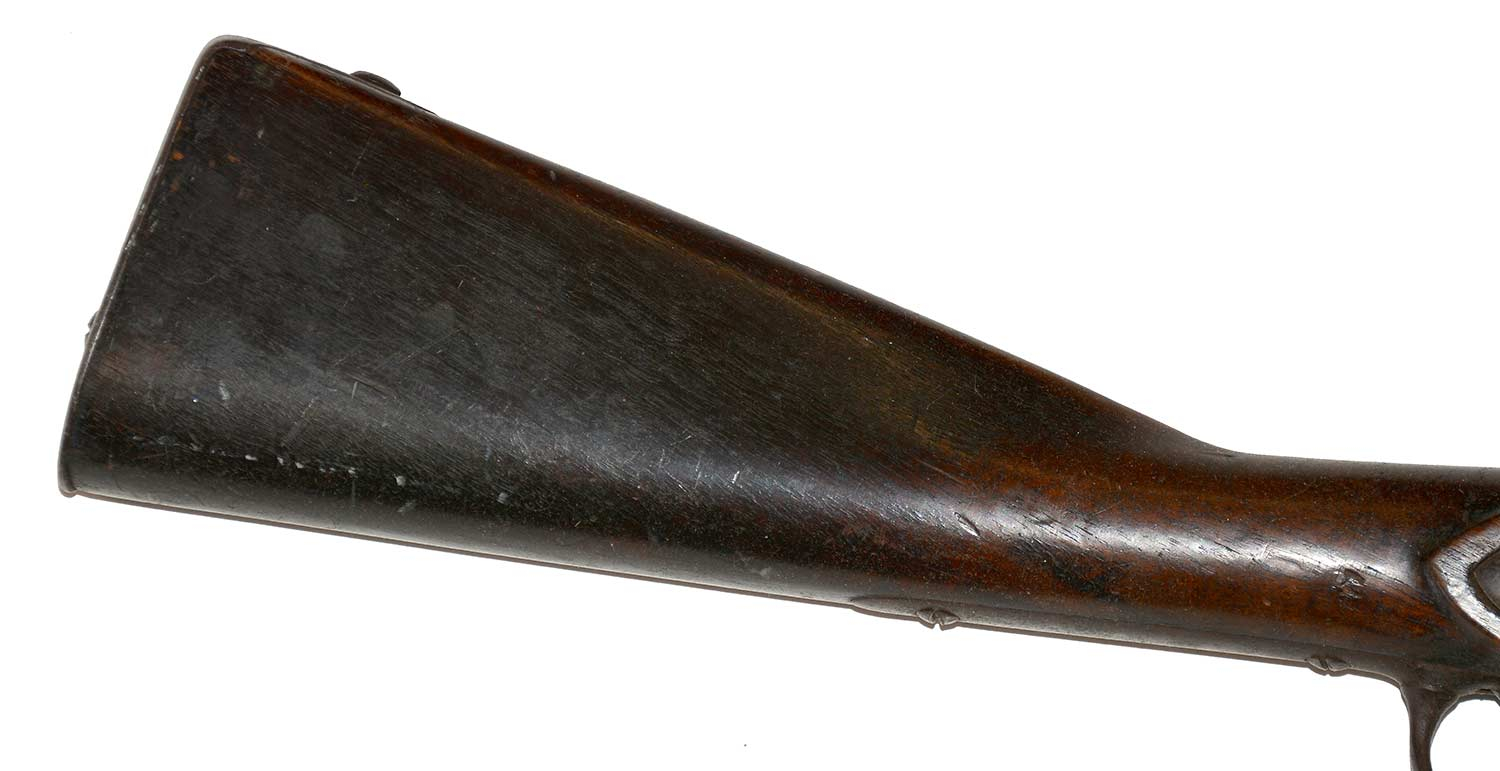


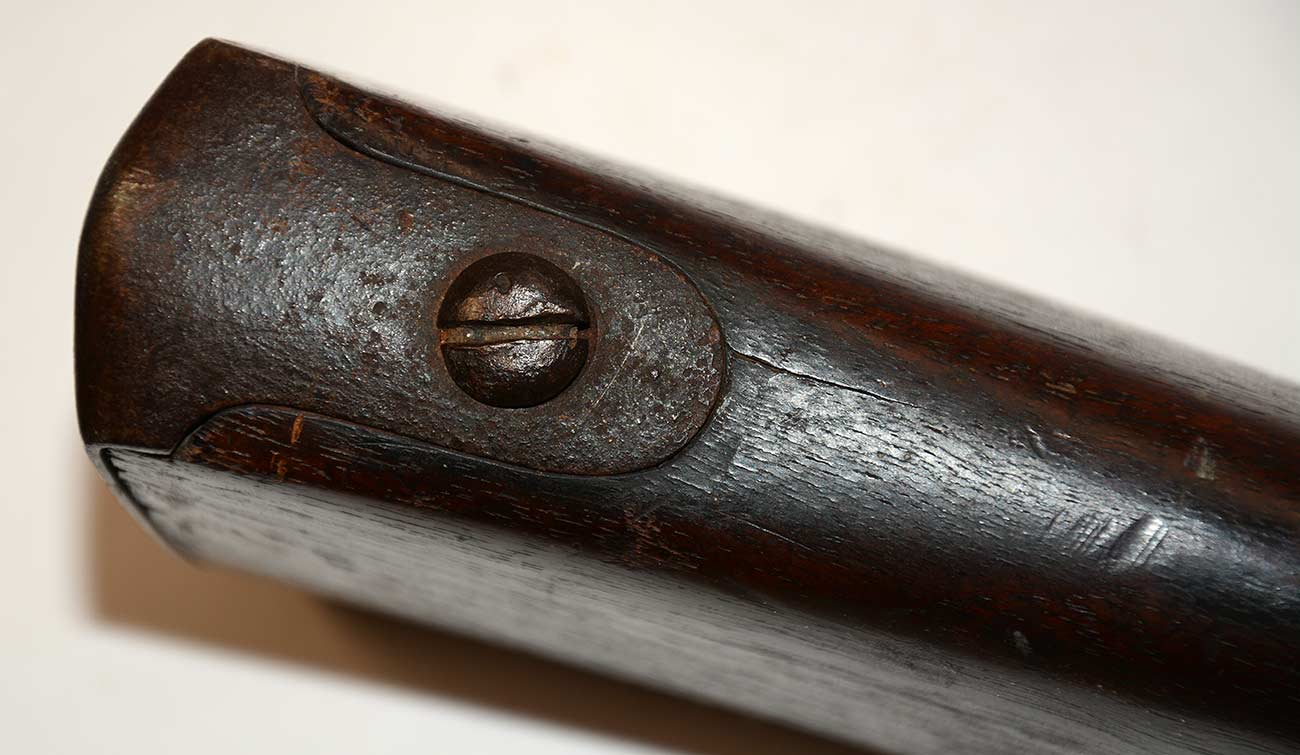

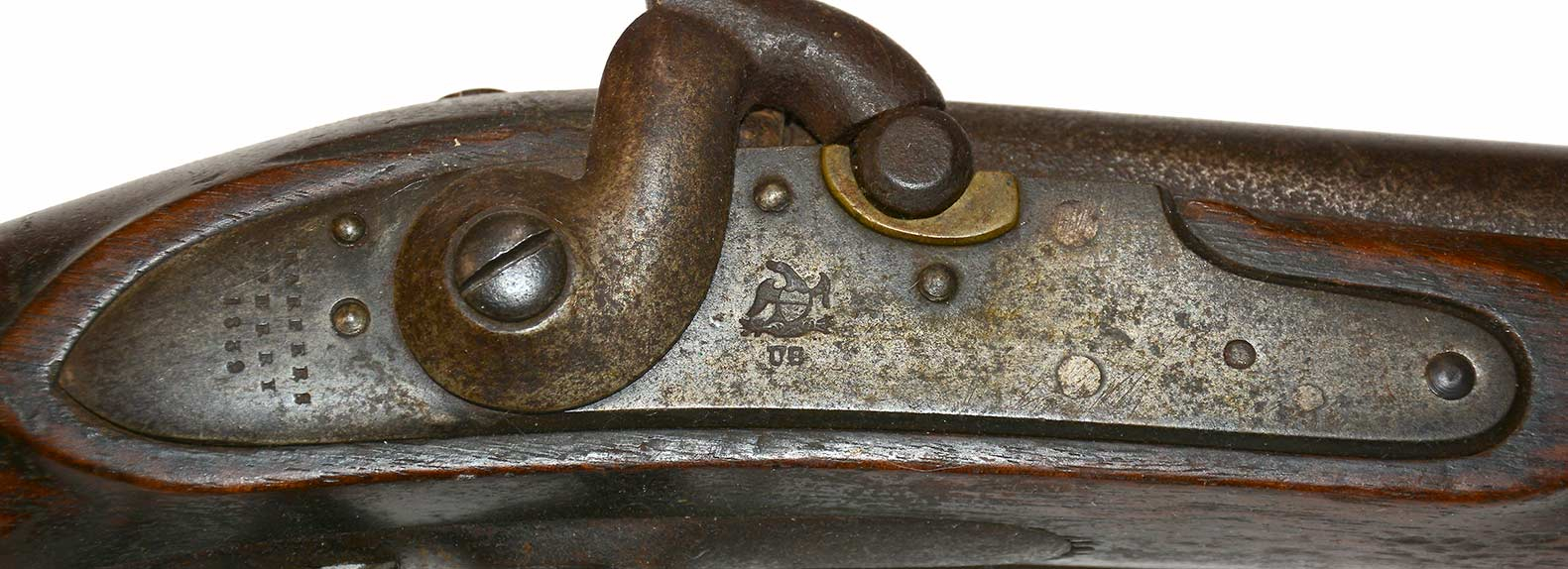
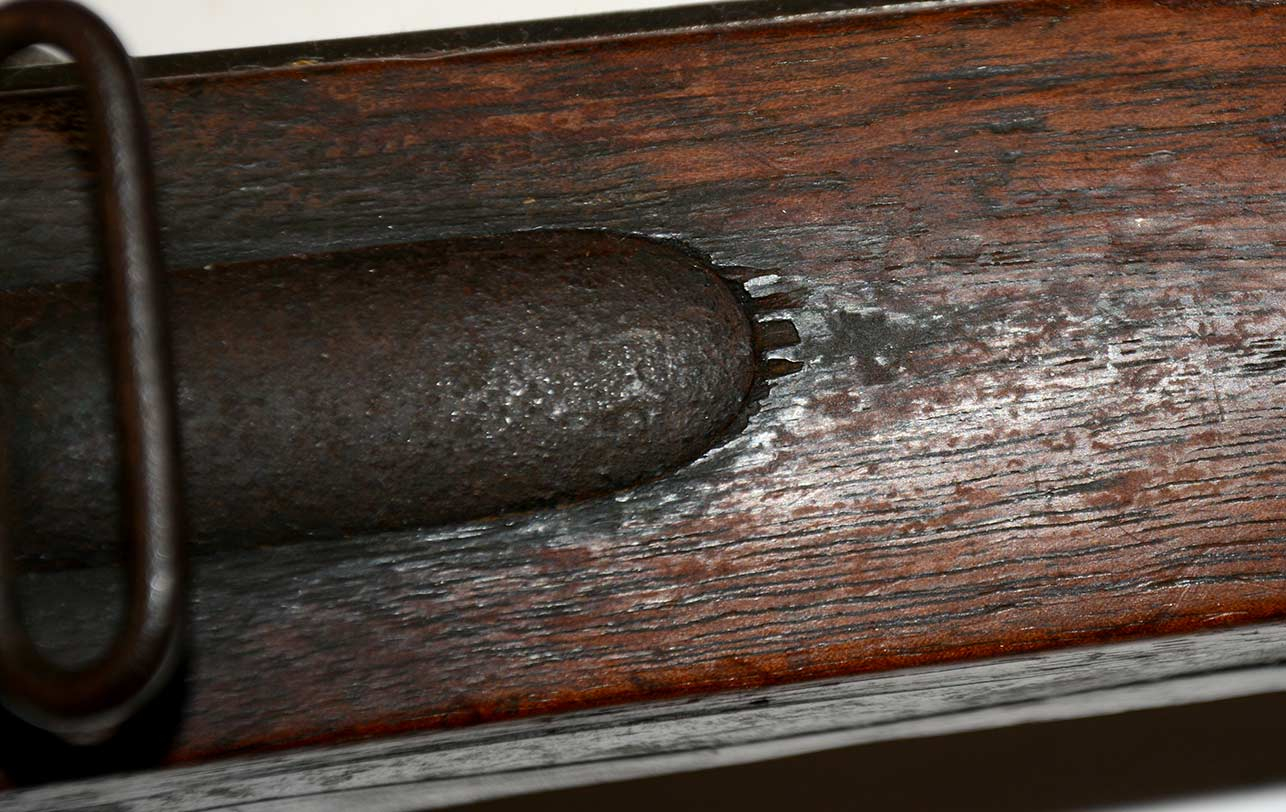
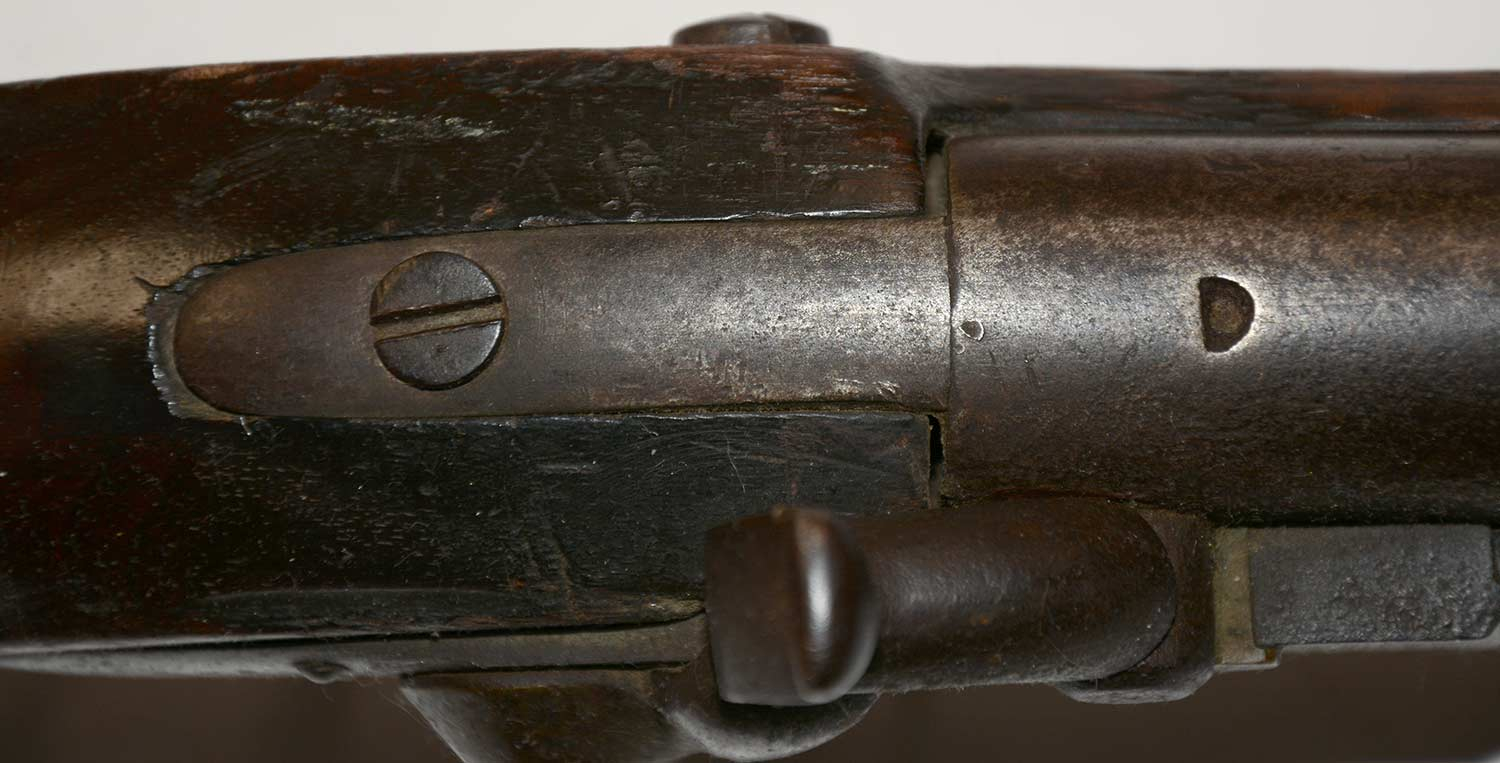
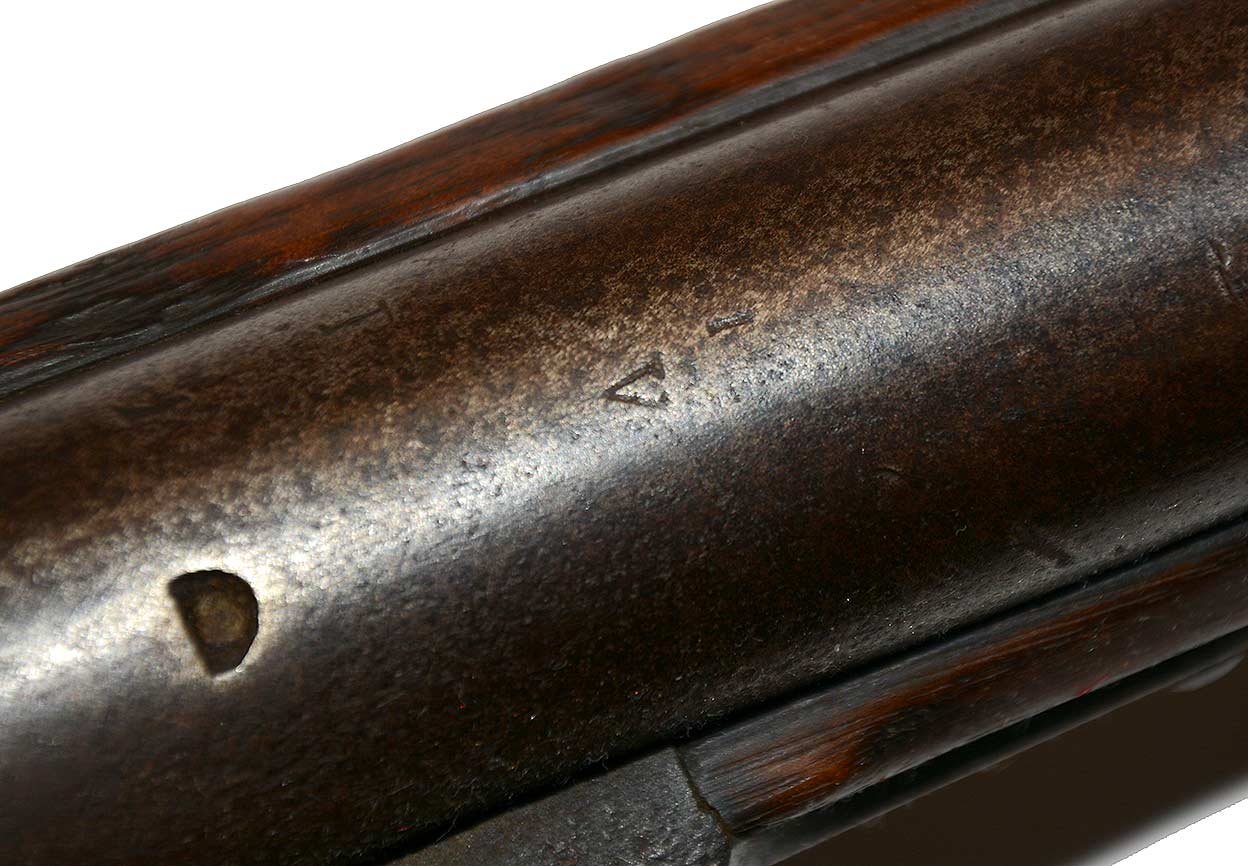
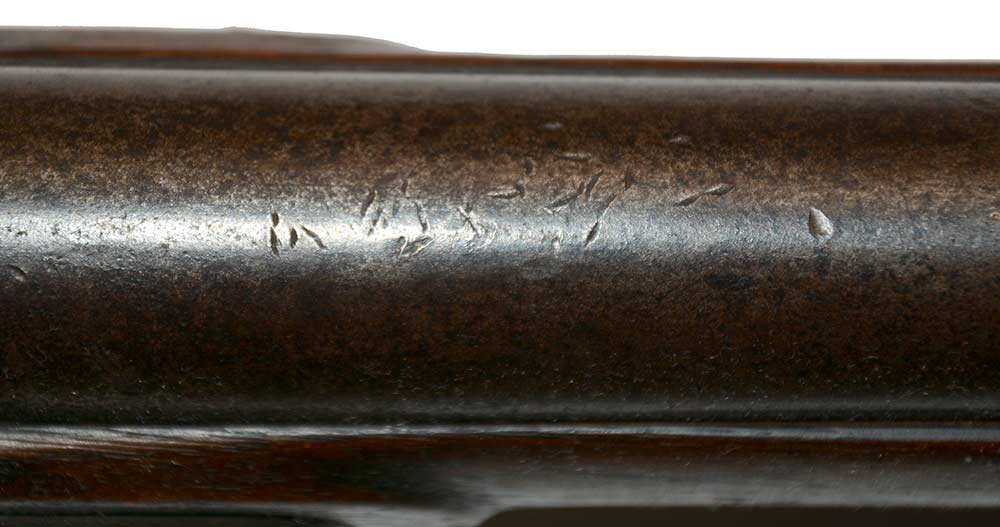
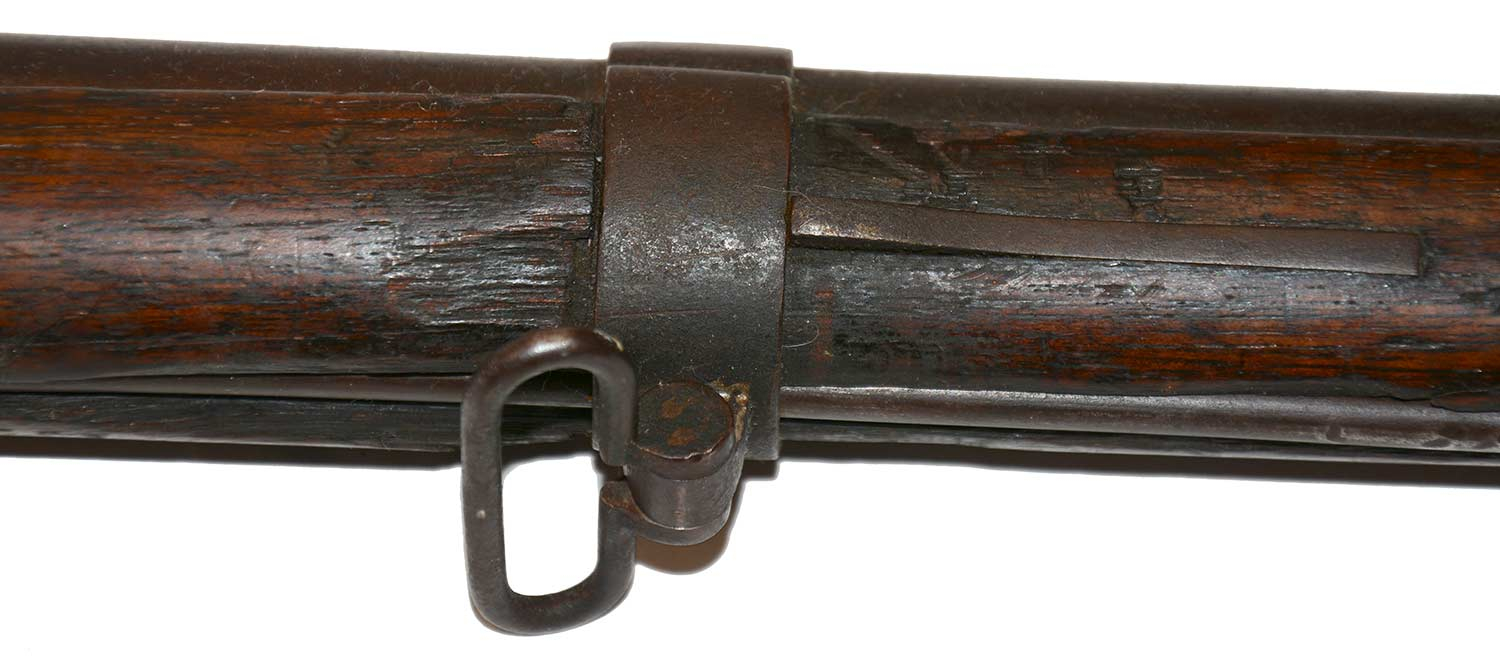
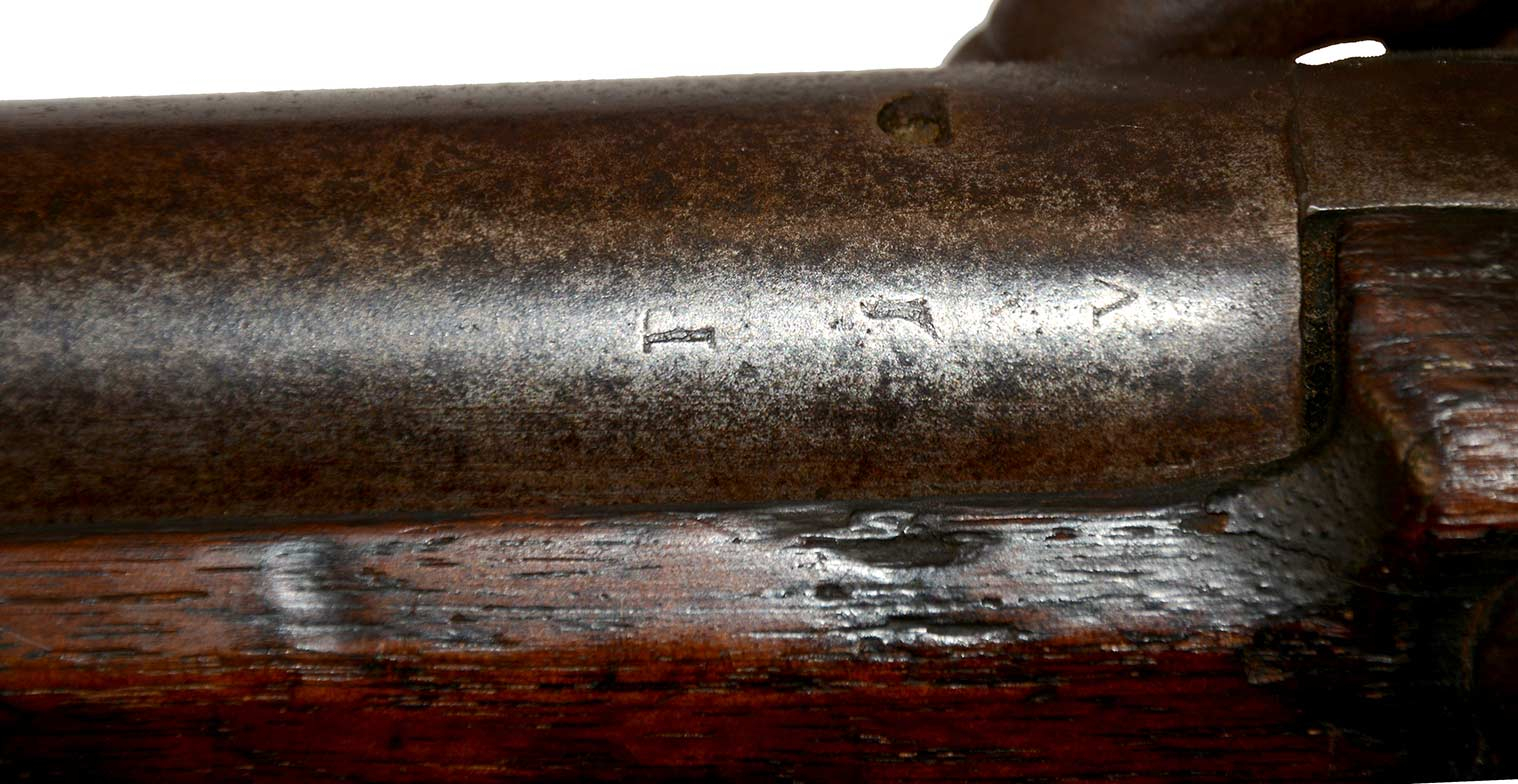
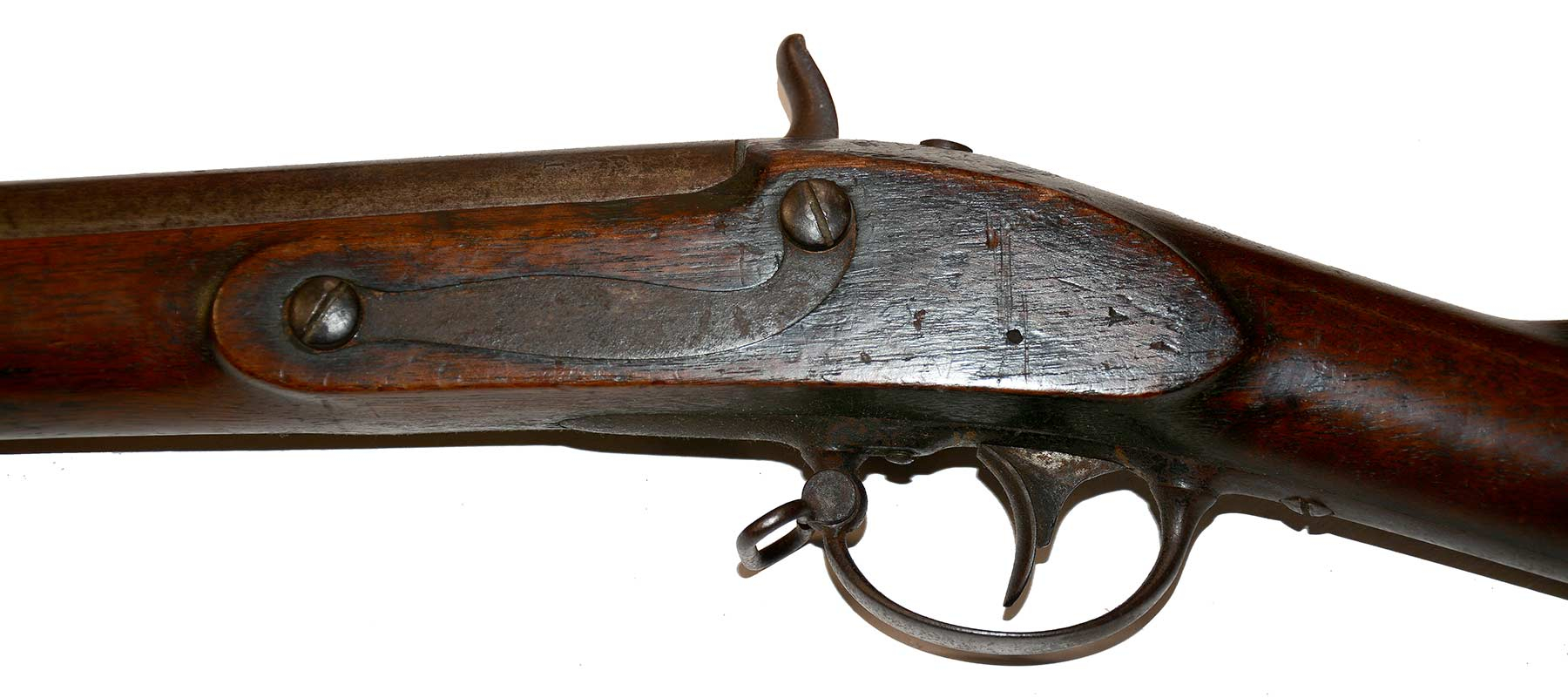
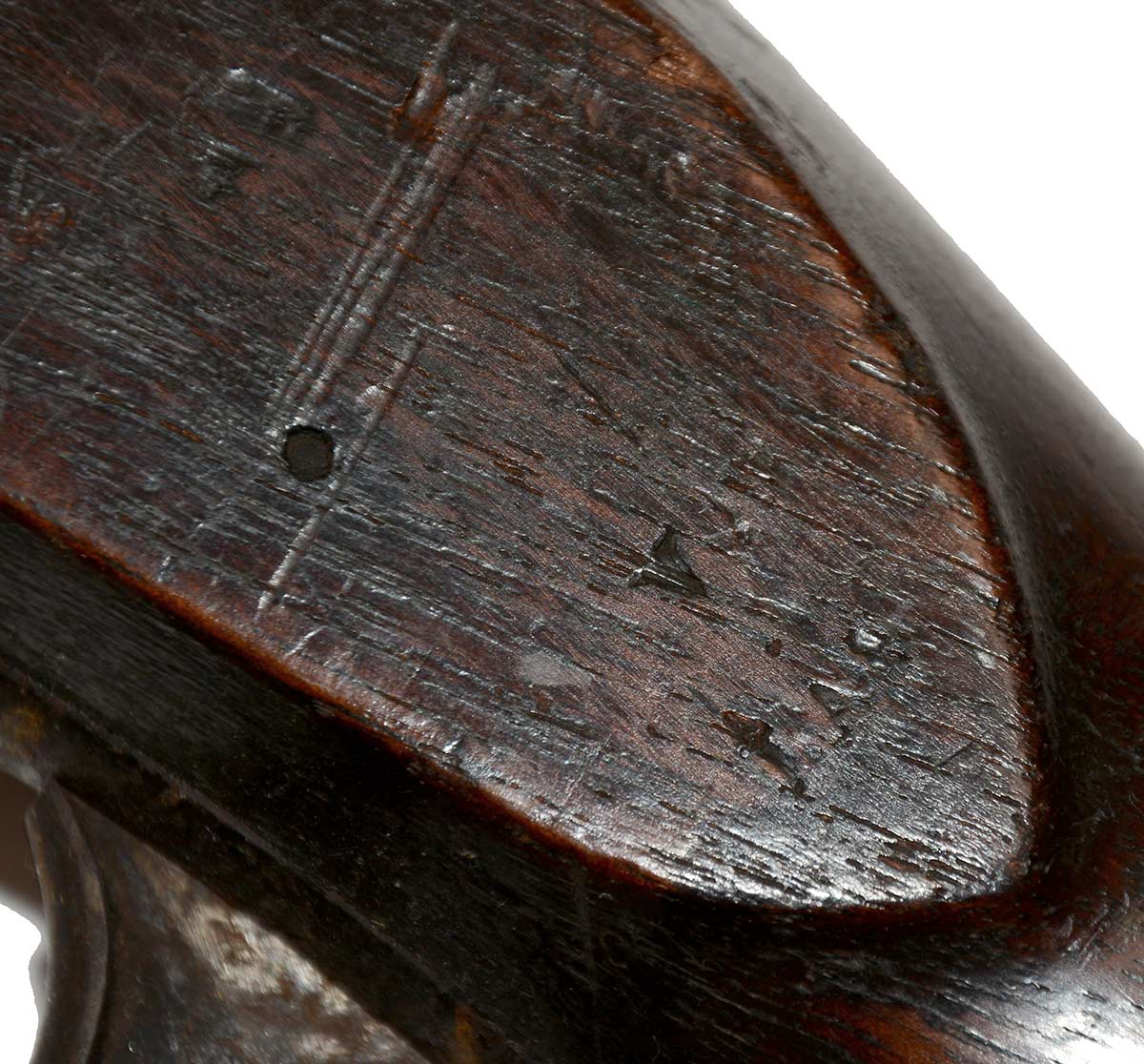
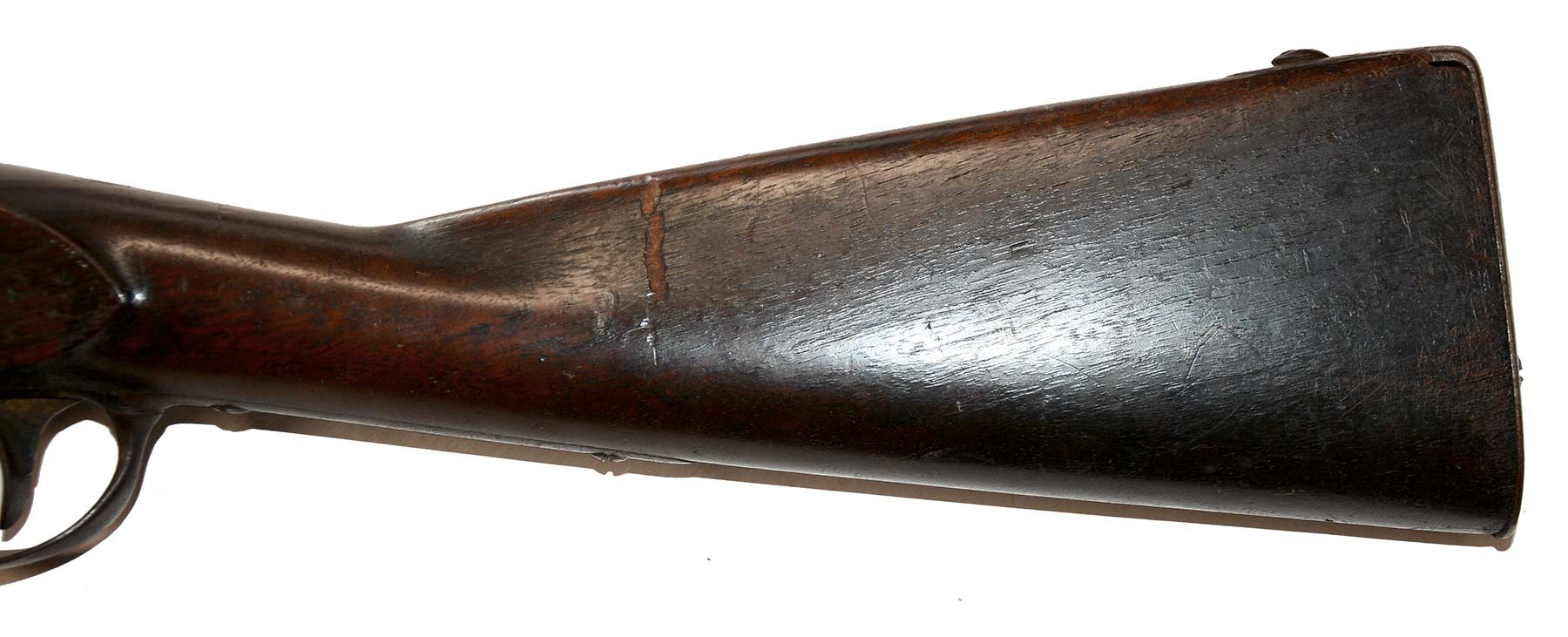
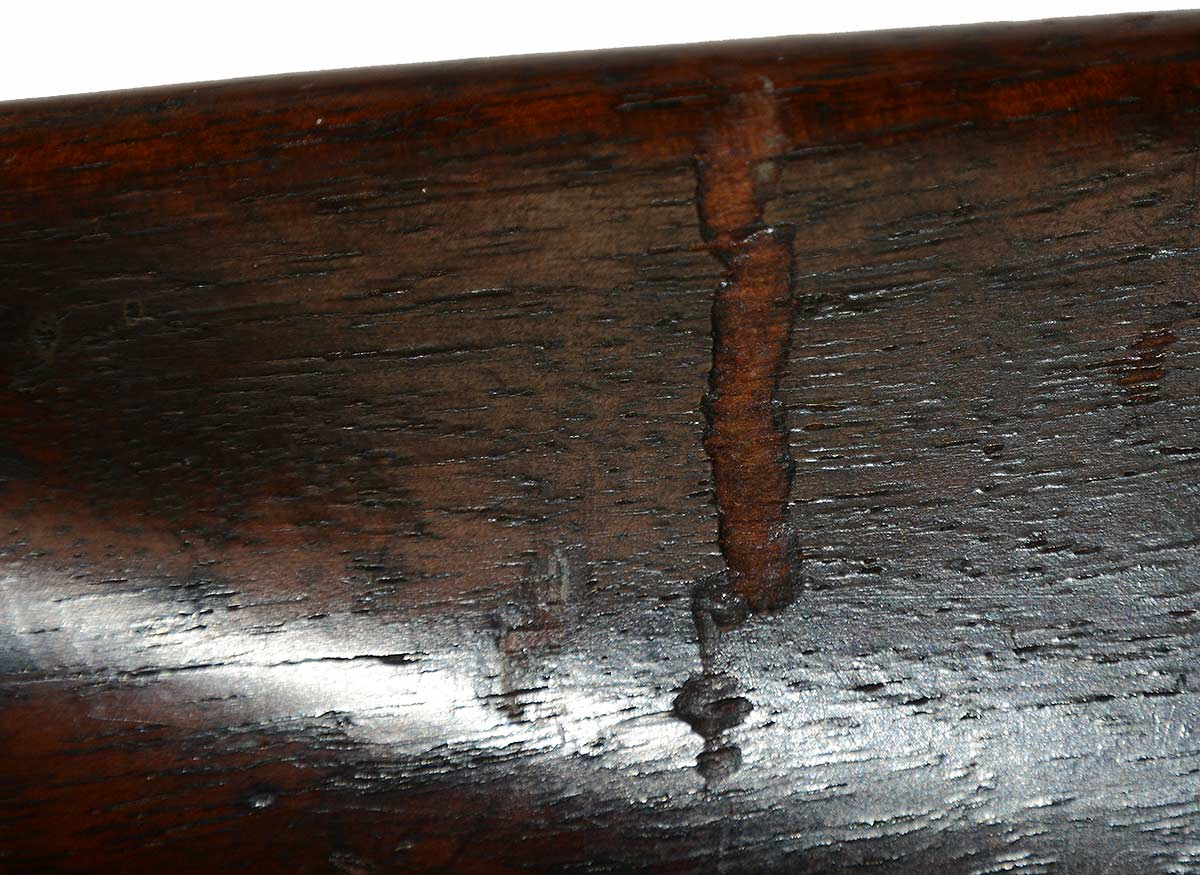
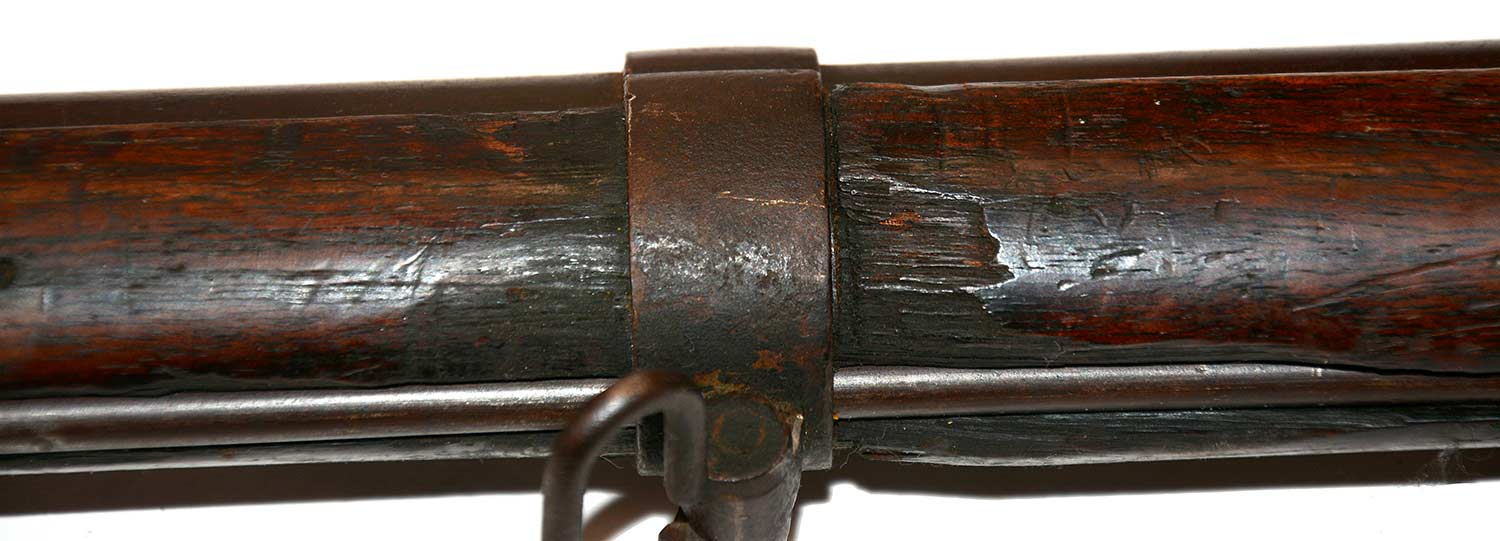
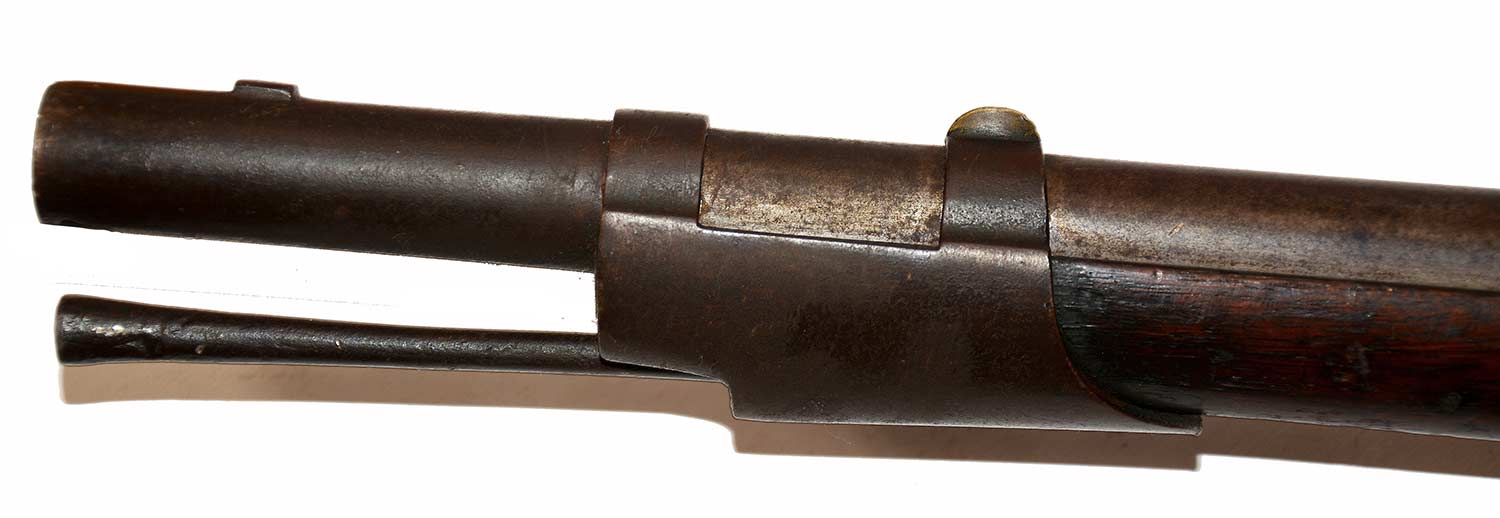
$1,950.00 SOLD
Quantity Available: None
Item Code: 2022-47
This 1839 dated Harpers Ferry Model 1816 was one of 5,850 produced that year and is a scarce example of a Confederate alteration to percussion likely performed at the Columbus, Mississippi Arsenal in early to mid-1862. Also known as the Briarfield Armory, the arsenal had been set up at Columbus in early 1862 after the fall of Forts Henry and Donelson necessitated closure of the Memphis Arsenal. It operated until January 1863, when machinery and tools were moved to the Selma Arsenal, but for at time was the main supply and repair facility for Beauregard’s Army of the Mississippi and Van Dorn’s Department of the Mississippi and East Louisiana. Its alteration of flintlock arms to percussion mainly took place early in the year. Murphy and Madaus reference 563 flint muskets among 5,342 arms shipped to the arsenal between April 24 and June 14, 1862, with increased emphasis thereafter on cleaning and repair of salvaged arms in hopes of quickly rearming exchanged prisoners of war who had been captured at Fort Donelson.
To alter this musket to percussion workers not only removed all the external flintlock elements and cut the brass flashpan flush with the lock plate, they used a cylindrical drum bolster that not only threads into an enlarged vent and is tapped and threaded for a percussion cone, but has its outer edge beveled, reducing the diameter of its face to 5/16 inch, a key diagnostic for alterations done at Columbus. In some cases they used civilian style percussion hammers, but the rounded military hammer used on this one is a close match for that on an altered musket with a probably attribution to Columbus shown by Murphy and Madaus on page 456 of Confederate Rifles & Muskets, a musket that also shows the remnants of the brass pan underneath the bolster.
The musket is full length, with an uncut 42-inch barrel with top mounted bayonet stud in place near the muzzle and front sight on the double nose band. All a bands, springs and swivels are in place. The ramrod is a period replacement. The bore shows some built up dirt near the muzzle. The barrel is a mix of gray and brown, generally smooth metal, but with some corrosion near the bolster. There are no markings visible on the breech and there is a deep half-circle divot/indentation just forward that may be for the base of an improvised rear sight. The barrel proofs at left breech are clear: “P [eagle head] V” reading from the muzzle. This is the Springfield sequence of proofs rather than the Harpers Ferry and there is a slight gap between the wood and barrel breech, suggesting a different barrel was used in the alteration, perhaps from a contract musket since the “P” does not appear as a raised letter in a Springfield sunken oval. A second “V” that may be a post-alteration inspection/proof mark appears on the top of the barrel just forward of half-circle indentation. The buttplate and triggerguard tang show pitting and a crusty brown surface. The lock plate is good: the eagle/US forward of the hammer and HARPERS / FERRY / 1839 in three lines at rear of the plate are sharp and legible. The plate itself is smooth metal, gray in color with dark gray spots. The hammer shows come corrosion and crusty brown. The action works properly.
The wood has good color and good edges around the lock and side flat. It shows mostly as a deep brown, slightly lighter from handling from the wrist to the middle band. Two small “V” inspection/view marks are visible on the side flat. There are various small handling marks, scratches and dings to the wood and one chip out next to the middle band on the left. The only significant damage is a gouge on the left buttstock just behind the wrist, from the top of the comb to the level of the wrist.
This would make an interesting addition to a collection of Confederate percussion alterations and would also be a great example of early-war Confederate infantry longarm from the western theatre. [sr] [ph:L]
DISCLAIMER: All firearms are sold as collector's items only - we do not accept responsibility as to the shooting safety or reliability of any antique firearm. All firearms are described as accurately as possible, given the restraints of a catalog listing length. We want satisfied customers & often "under" describe the weapons. Any city or state regulations regarding owning antique firearms are the responsibility of the purchaser. All firearms are "mechanically perfect" unless noted, but again, are NOT warranted as safe to fire.
~~~~~~~~~~~~~~~~~~~~~~~~~~~~~~~~~~~
THIS ITEM, AS WITH ALL OTHER ITEMS AVAILABLE ON OUR WEB SITE,
MAY BE PURCHASED THROUGH OUR LAYAWAY PROGRAM.
CLICK HERE FOR OUR POLICIES AND TERMS.
THANK YOU!
Inquire About CONFEDERATE PERCUSSION CONVERSION OF AN 1839 DATED HARPERS FERRY LIKELY BY THE COLUMBUS, MISSISSIPPI, ARSENAL
Most Popular
Historical Firearms Stolen From The National Civil War Museum In Harrisburg, Pa »
Theft From Gravesite Of Gen. John Reynolds »
Selection Of Unframed Prints By Don Troiani »
Fine Condition Brass Infantry Bugle Insignia »
Large English Bowie Knife With Sheath 1870’S – 1880’S »
Imported (Clauberg) Us Model 1860 Light Cavalry Officer's Saber »
featured item
1847 CONGRESSIONAL RESOLUTIONS OF THANKS TO GEN. ZACHARY TAYLOR AND HIS OFFICERS AND MEN FOR MONTERREY, PERSONALLY DISPATCHED BY PRESIDENT POLK
Zachary Taylor received the formal thanks of Congress three times, along with gold medals, for victories in the Mexican War, the largest number of such resolutions and awards made by Congress to anyone. This is an official State Department copy on… (766-938). Learn More »


